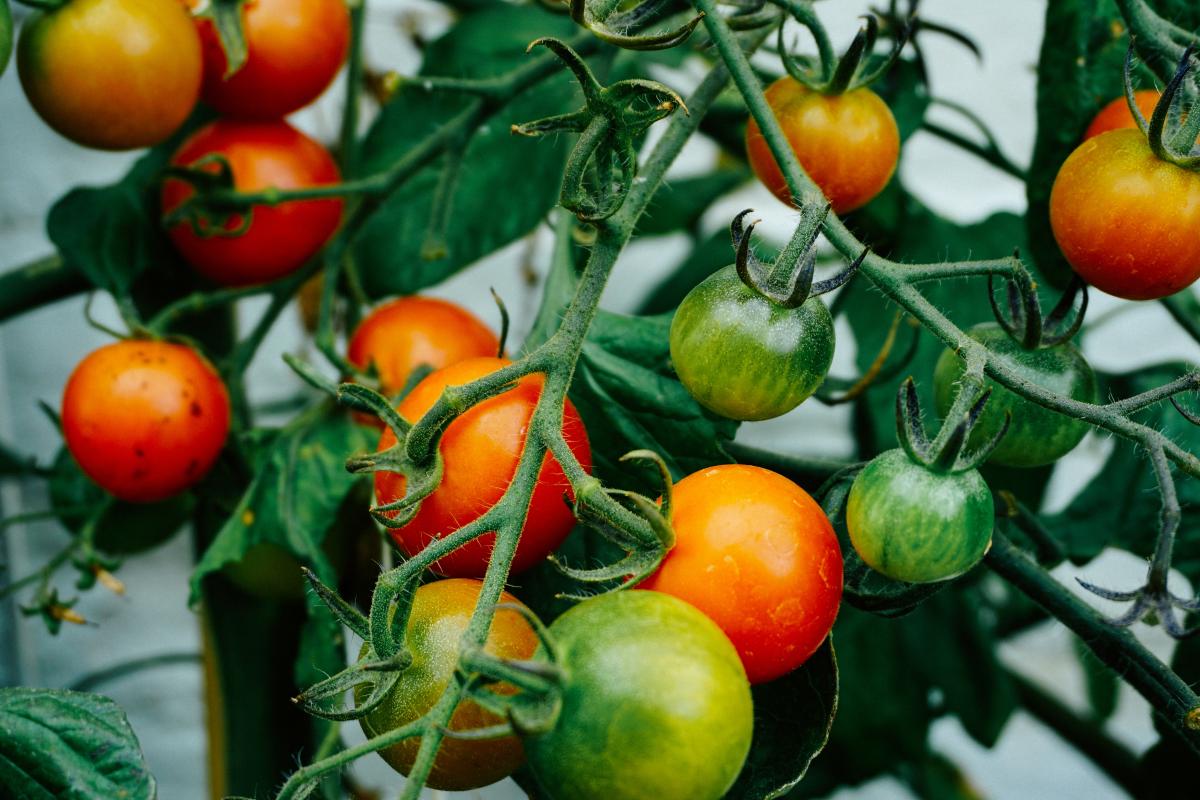
The basics of natural selection will be highlighted using the Natural Selection PhET simulation where students complete a series of challenges. As a result of this experience, students will be able to

The basics of natural selection will be highlighted using the Natural Selection PhET simulation where students complete a series of challenges. As a result of this experience, students will be able to

Students will engineer a game with rules and directions to help understand and practice proportional ratios with as little material needed as possible.

An introduction to Kepler's 1st Law and ellipses. The lesson includes some guided notes for students as well as a hands on activity where students will draw, measure, explore, and conduct calculations

7th Grade students will apply what they have learned about electricity and magnetism to understand electromagnets. Students will explore electromagnets and investigate the factors that affect the

This is a 7th grade Science and Math lesson about how energy flows through a circuit. Students investigate variables that affect the strength of the electrical fields.

This engaging lesson is an introductory lesson regarding the size and scale of the Universe and objects within. This was designed for high school Astronomy but is easily useable with ages down through

In this physics lesson, students carry out a lab activity to determine Hooke's Law and investigate spring constants.

This lesson will help the students to identify methods to analyze, describe and demonstrate a data set of their choice. In this lesson, we are using a digital evolution software called Avida, created

Students will design a balloon rocket. They will then create a fish line track for the rocket to follow. The track will be able to me modified to test different angles of ascent. This will allow

Students will discover the relationship between mass and volume in relation to density through an inquiry lab. Students will take mass and volume data of several different solid substances and compare

The students receive a sample population of "bears" and use the colors and ratios to determine the genotypes of the captive bears and their parents.

The Mystery Box Investigation combines science concepts about properties of matter, how we use and identify matter based on its properties, and the mathematical concepts needed to calculate density

Students will create a scientific claim that is supported by evidence as to which car is the better deal, the Hot Wheels car or the generic car. During the four day activity, students will conduct

Let's talk about waste! Situation: Many items are thrown in the trash every day at school. As a class, track data to determine what the top 5 most frequently discarded items are on your campus

Built as a month long, end of year project, students get to discover the water quality of several geographically different natural water sources by completing field research and data collection. As a

This is a lesson plan about creating a vermicomposting bin. This explains how vermicomposting helps in keeping the environment clean and also how it helps create rich soil which is important for

For this lesson, students will use the engineering design process for the tiny house design challenge, which will include a design board, floor plan, scale conversion sheet and a tiny house prototype

Students program and present Lego Robot to be able to effectively use different data types such as time (seconds), speed, and degrees of rotation. Program and synchronize motor movements of a

Students explore genetics and create a model to represent how genes are passed down from a parent plant to an offspring plant. This lesson could be adapted to address 1st Grade Life Science Standard

Phenomenal Forces and Motion is an amazing lesson which introduces students to the world of physics and Newton’s three laws of motion. Students will find out how some of the basic principles of

Explore temperature and weather with students. Teachers will guide students through this graphing and research activity. The unit opens with a literacy component, Global Warming with Seymour Simon

This lesson give emphasis on the systems A and B of the chemical reaction that represent the reactants and products. This also focuses on investigating not just the system involved in the chemical

Students will be creating two different gardens. A hydroponics garden indoors and a raised bed garden outside. Students will be gathering data to help define the question: What is the biggest issue
